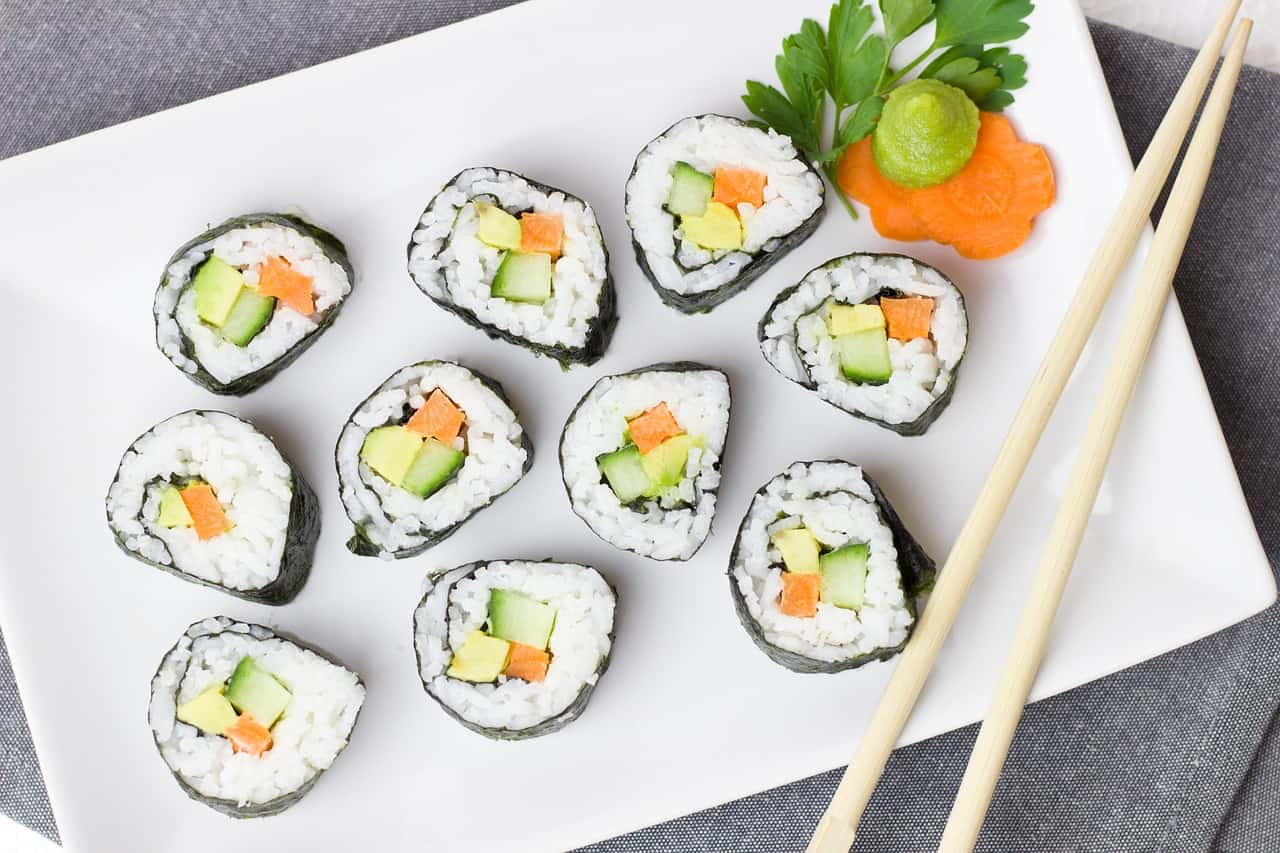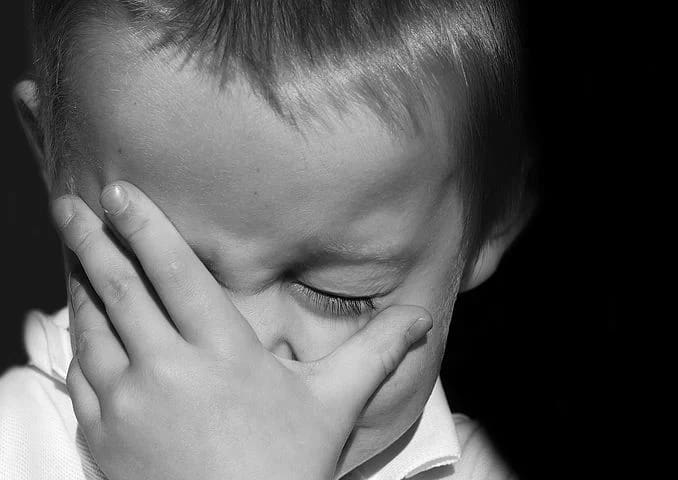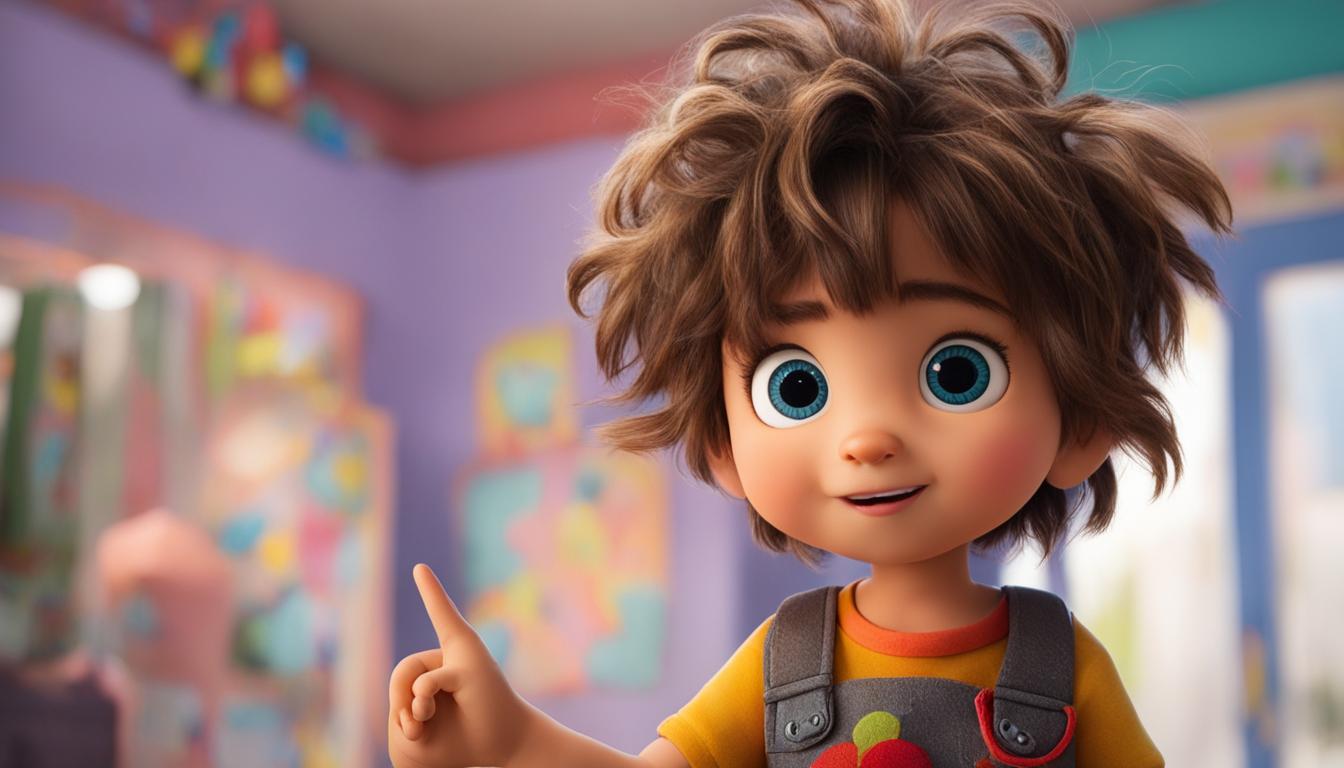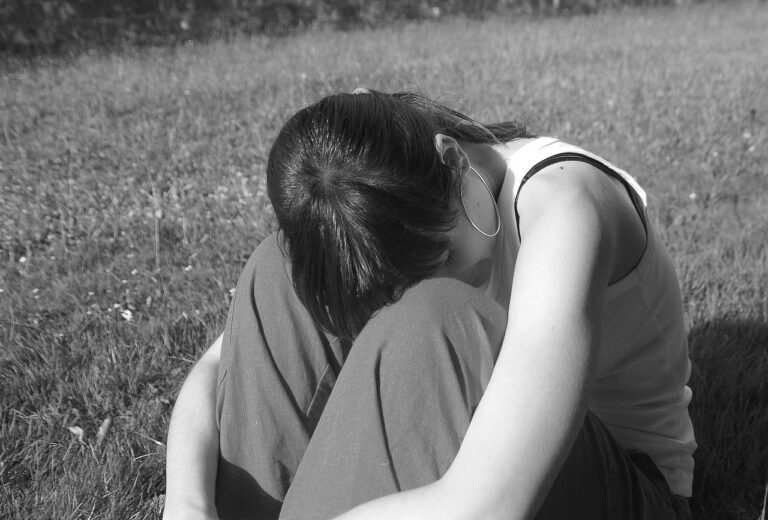Oishii: Can Toddlers Eat Sushi and Is It Safe?
Ask anyone about their favorite Asian cuisine, and you’ll probably hear a few saying it’s Japanese food. Japanese cuisine is beloved by people across the world, and for good reasons.
Japan is known for its mouth-watering sweet, salty, and umami dishes. And with so much variety, you can’t have it all in one day. Whether you like their sticky mochi or their steamy ramen noodles, you can’t deny just how tasty Japanese cuisine is.
But nothing is as iconic as their sushi. You’ve probably seen them in Japanese restaurants or convenience stores. They’re affordable, bite-size, and very delicious.
Sushi has become synonymous with Japanese culture and meals. You don’t need to have a sophisticated taste in food to enjoy sushi. And because of how easy it is to make, you too can prepare sushi in your humble kitchen.
But is sushi made for everyone? Sure, most adults can enjoy (or at least tolerate) the taste of vinegared rice and seaweed. But is sushi appropriate for your toddler?
Skip To The Following Sections
What is Sushi and What is it Made Of?
Let’s first talk about sushi. Sushi is a traditional Japanese dish that centers around one thing: rice. Most people think of fish when they think of sushi. But seafood is not the star of this show. In fact, sushi’s name comes from the specific sour rice that is used in the dish.
There are plenty of ways to prepare sushi. The common types that you might have seen (or even eaten) are maki, nigiri, and uramaki. But because of how versatile sushi is, many other recipes are created and shared across Japan and the world.
Tip: While it’s part of the menu, sashimi is NOT a type of sushi. Sashimi is sliced and seasoned raw fish or meat. Unlike sushi, sashimi is not served with rice.
While rice is what brings sushi together, the filling is what adds flavor. Sushi is served with different toppings, like vegetables, eggs, and, yes, raw fish. The last part might put off a few people, which brings us to our next topic:
Can Toddlers Eat Sushi?
Before you cancel your Japanese dinner night, we have some good news for you. Yes, your toddler can eat sushi. However, it depends on what kind of sushi they can have.
Japanese sushi that contains raw fish like salmon or tuna is a big no for toddlers. The FDA recommends that raw seafood is off the plates for children under the age of 5. That means no raw fish nor shellfish sushi for your little one.
Why Think Twice About Giving Sushi to Young Children?
There are plenty of reasons why it’s not a good idea to feed junior raw fish. Raw fish and shellfish are tolerable for adult bodies. But for toddlers, their digestive and immune systems are not strong enough to fight the effects of raw food.
Here are some reasons why you should think twice about giving sushi to young children:
Raw Fish and Shellfish Can Cause Sickness
Raw fish and shellfish are homes to nasty parasites. They can cause upset stomachs and even food poisoning to very young children. If served incorrectly, it can also affect older children and adults.
Certain Fishes are Rich in Mercury
Certain fishes, like tuna, swordfish, and king mackerel, have high levels of mercury in them. Mercury poisoning is a serious condition and can cause physical and mental problems. It’s important to limit the consumption of certain fishes to avoid excess mercury.
There is a Risk of Hepatitis A Infection
Although rare, your child can get hepatitis A when consuming raw seafood. This was the case in Hawaii in 2016 when an outbreak occurred due to raw scallops. Don’t forget to vaccinate your child for hepatitis to avoid any future accidents.
Raw Meat and Sprouts are Also Off the Table
Other raw food should also be avoided, such as raw meat and sprouts. Raw meat contains dangerous parasites, whereas sprouts contain the bacteria E. coli. For safety reasons, you should only source these foods from clean and reputable sources.
Sushi is Not for Everyone
Lastly, sushi with raw fish might not taste good for your kid. Raw fish is slimy and has a distinct smell and taste. For a lot of young children, the looks, smell, and texture can disgust them.
Safer Alternatives for Your Toddler
Fortunately, your toddler can still enjoy the Japanese experience. There are other safer alternatives that they try. And the best part is that they don’t have to sacrifice good taste.
Cooked Sushi
Believe it or not, but you can have cooked sushi. This is a great option for young children or beginners. Egg, eel, imitation crab meat, squid, and shrimp are all options that are served cooked.
Vegetarian Options
Another option that kids and parents will like is vegetarian sushi. Your sushi can come with cucumber, avocado, mango, mushroom, and even tofu. These sushis are healthier and even Vegan-friendly.
Other Japanese Dishes
Lastly, you can skip sushi for your child and serve other Japanese food for them. Kid-friendly dishes like udon, oyakodon, and miso soup are great options if you want to introduce them to authentic Japanese food. They are available in most Japanese restaurants. And if not, you can easily recreate them at home.
Conclusion
Sushi is a fun dish that is loved in Japan and other countries. But as popular as the dish is, it’s not the healthiest for kids. Since most sushi contains raw fish, it can put off some youngsters.
But your toddler can enjoy other types of sushi, such as Tamago sushi or California rolls. These options are fish-free and are safe for young kids to eat. They are also arguably healthier because they include fresh fruits and veggies.
You and your toddler can both enjoy the exquisite taste of Japanese food together. It’s just all about carefully choosing which ingredients go into your child’s mouth. Lucky for you, with food as diverse as sushi, your child can have a safe time enjoying Japanese culture.










